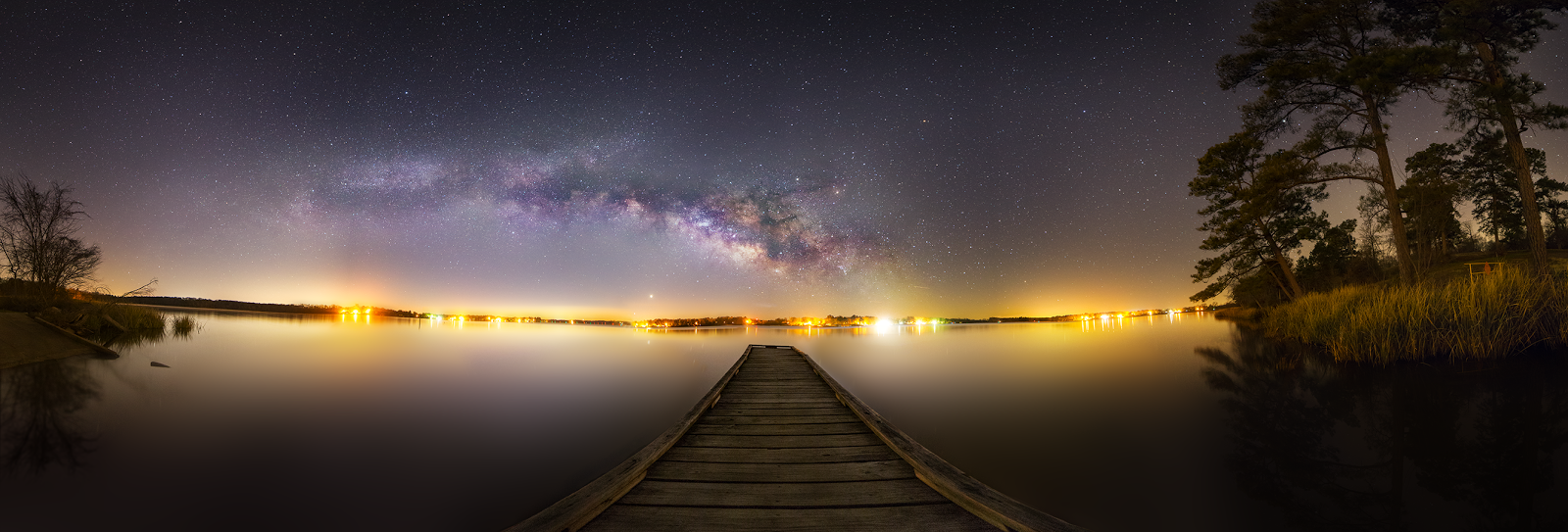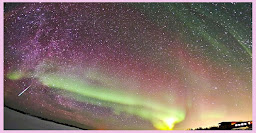LEARNING UFOLOGY

Please Translate and Spread.
Your translations can be posted here.
Kindly send them to
luisavasconcellos2012@gmail.com
Stop calling UFOs
to dots.
Încetati de a numi OZN-uri, punctelor.
Stop calling UFOs
to dots in a black background, these dots can be anything, resolve the
structure behind the dots and show what is the structure of these dots.
Încetati de a
numi OZN-uri punctelor pe un fundal întunecat, aceste puncte pot fi orice, *Rezolvati
structura din spatele punctelor si aratati care este structura acestor puncte.
The use of low
optical magnification in many active observers, mainly people doing night time
observation and some doing day time observations is pervasive.
Folosirea unei joase amplieri optice este larg
raspîndita, de catre multi observatori activi, în special în rîndul persoanelor
care fac observari nocturne si unele observatii în timpul zilei.
With low optical
magnification equipment any small object not very far away will be reduced to a
dot.
Cu un echipament optic de ampliere mica, orice
obiect nu prea îndepartat, va fi redus pîna la un punct.
0.32 – Many of
these night time observers use the ***cascade image intensifier p8079hp with
50mm lens, that combination is a wide field view combination with an optical
magnification of 2x, just 2x.
0.32 – Multi dintre acesti observatori nocturni,
folosesc ***intensificatorul de imagine în cascada p8079hp cu obiectiv de 50
mm, aceasta combinatie este o combinatie de viziune ampla a cîmpului de
vizibilitate cu o ampliere optica de 2x, doar 2x.
With this kind of
setup any object of one feet span at more than 1,500 feet = 457,20
mts away will be reduced to a dot, almost any bird is
around 1 feet span = 0,30 mts, so a bird at 2000 feet away = 609,60 mts will be
reduced to a dot without any apparent wing flipping. That bird flying in a
straight line will be undistinguishable from a satellite.
Cu acest tip de configurare orice obiect la mai mult de 1500ft = 457,20m
distanta, va fi redus la un punct, aproape toate pasarile sunt de aproximativ
1picior = 0,30m de amplitudine, deci, o
pasare la 2000 picioare înaltime = 609,60 de metri de distanta, va fi redusa la
un punct, fara niciun fel de batere de aripi vizibila. Aceasta pasare care
zboara în linie dreapta, va fi indistincta de un satelit.
0.58 – The
following are the steps that are followed in this channel in the processing of
footage from any anomaly, this will show that the dots that these people have
been calling UFOs for years are very likely nothing more than anomalies.
Remember that almost as a rule these people use single digits optical
magnification equipment, really very poor.
0.58 – Urmînd se gasesc etapele care sunt
executate în acest canal, în procesarea imaginii de orice anomalie, si va arata
ca punctele pe care aceste persoane le numesc OZN-uri de ani de zile, probabil
nu sunt nimic altceva decît anomalii.Amintiti-va ca, aproape ca regula
generala, aceste persoane folosesc echipament de ampliere optica digitala, în
realitate foarte mediocre.
1.17 – This is an
anomaly spotted in IR at 26x optical magnification, just a dot like any other
dot, like the dots that many people had called UFOs for years, almost always
assuming that these are some “crafts” or mechanical artifacts.
1.17 – Aceasta este o anomalie identificata în IR (infra red = infrarosu)
cu o ampliere optica de 26x, doar un punct ca oricare altul, asa ca punctele pe
care multe persoane le-au desemnat ca OZN-uri de ani de zile, aproape
întotdeauna asumîndule ca sunt cîteva
’’nave’’ sau artefacte mecanice.
1.32 – This is
now the same dot as seen by a telephoto 1100mm lens and using in prime focus a
1/2.55 megapixels board camera, this gives 150x optical magnification, the
original resolution was 2592x1920, 2K
1.32 – Este acelasi punct vazut de catre o
lentila de 1100 mm a unui teleobiectiv si folosind ca focus principal un aparat
de fotografiat de bord de 1 / 2,55 megapixeli, care ofera o ampliere optica de
150x, rezolutia originala era de 2592x1920, 2K.
1.52 – Now that
is the cropping at half HD 960 x 540 of the lower left corner of previous
frame.
1.52 – Acum acesta este jumatatea taiata de High
Definition HD de 960x540 din coltul inferior din stînga al cadrului anterior.
2.12 – And now
this is the cropping corner expanded at full HD 1920x1080, total magnification
150x2 = 300.
2.12 – Si acum este coltul de taiere extinsa în
1920x1080 Full High Definition, o ampliere totala de 150x2 = 300.
2.32 – That is
the process followed almost always in this channel;
2.32 – Acest
process este urmat aproape întotdeauna de catre acest canal;
1 – Dot spotted
in IR, as any other dot, as the dots many call UFO without really knowing the
structure behind the dot.
1 – Punct încadrat în IR (infrarosu), ca orice
alt punct, ca punctele pe care multi le numesc OZN, fara sa cunoasca de fapt
structura în spatele punctului.
2 – That dot is
placed in the field of view of a scope with high optical magnification 150x and
a 5 megapixels camera, each frame in the footage will be 2592x 1920 pixels.
2 – Acel punct este plasat în cîmpul de vedere în ambitul unei amplieri
înalte optice de 150x si o camera de 5 megapixeli, fiecare cadru de filmare va
fi de 2592 x 1920 pixeli.
2.52 – If at that
resolution the object is an unknown (anomaly) then recording is done in the
high optical magnification scope.
2.52 – Daca, în aceasta limita de rezolutie
obiectul va fi ceva necunoscut (anomalie), atunci gravarea este facuta în
ambitul unei mari amplieri optice.
ALWAYS whenever
the dots have been unknown the object was an “anomaly”, nothing remotely
similar to any craft of any time.
Întotdeuna cînd punctele au fost percepute ca
fiind ceva necunoscut, obiectul fost
considerat o ‘’anomalie’’, niciodata considerat nici macar asemanator cu vreo
nava.
Anomalies behave
like living beings, but they defy any kind of mundane explanation.
Anomaliile se comporta ca fiintele vii, însa
sfidînd
orice explicatie pamînteasca.
orice explicatie pamînteasca.
3.13 – So all
these people that have been calling dots UFOs forever, do you think that
“their” dots are different from the same dots spotted by my equipment?
3.13 – Deci, toate aceste persoane care au
desemnat mereu punctele ca fiind OZN-uri, credeti ca punctele ‘’lor’’, sunt diferite
de aceleasi puncte situate de catre echipamentul meu ?
When the dots are
“resolved” anomalies are revealed, if they think that their dots are something
else then they should use better equipment and resolve their dots showing
something different.
În cazul în care punctele sunt ’’rezolvate’’, anomaliile sunt revelate. Daca
ei cred ca punctele lor sunt altceva, atunci ei ar trebui sa utilizeze un
echipament mai bun si sa rezolve punctele lor aratînd ceva diferit.
**The bar had
been raised, dots need to be resolved in their structure, otherwise how do
really know what is behind your dot?
**Sarcina a devenit mai elaborata, punctele
trebuie sa fie rezolvate în structura lor, în caz contrar, cum ati sti cu
adevarat, ce este în spatele punctului dvs. ?
Anotari:
*Rezolutia imaginii (https://pt.wikipedia.org/wiki/Rezolutia imaginii) = Rezolutia imaginii descrie nivelul de
detaliu pe care o imagine o
comporta. Termenul se aplica de asemenea la imaginile digitale,
imagini în filme si alte tipuri de imagini. Rezolutiile mai înalte înseamna mai
multe detalii în imagine.
** Cascade (passive) image intensifier tubes – English
Although
originally experimented with by the Germans in World War Two, it was not until
the 1950s that the U.S. began conducting early experiments using multiple tubes
in a "cascade", by coupling the output of an inverting tube to the
input of another tube, which allowed for increased amplification of the object
light being viewed. These experiments worked far better than expected and night
vision devices based on these tubes were able to pick up faint starlight and
produce a usable image. However, the size of these tubes, at 17 in (43 cm)
long and 3.5 in (8.9 cm) in diameter, were too large to be suitable for
military use. Known as "cascade" tubes, they provided the capability
to produce the first truly passive night vision scopes. With the advent of
fiber optic bundles in the 1960s, it was possible to connect smaller tubes
together, which allowed for the first true Starlight scopes to be
developed in 1964. Many of these tubes were used in the AN/PVS-2 rifle
scope, which saw use in Vietnam.
An alternative to
the cascade tube explored in the mid 20th century involves optical feedback, with the output
of the tube fed back into the input. This scheme has not been used in rifle
scopes, but it has been used successfully in lab applications where larger
image intensifier assemblies are acceptable.[1]
**Intensificator de Imagine în cascata
–
Desi experimentat initial de catre
germani în al Doilea Razboi Mondial, nu a fost decît începînd din decada lui
50’ ca Statele Unite au început sa conduca primele experiente folosind tuburi diferite
în ’’cascada’’ cuplînd tubul de iesire al
unui inversor, la intrarea altui tub, ceea ce a permis marirea amplificarii
luminii obiectului vizualizat. Aceste experiente au functionat mult mai bine
decît se astepta, si dispozitivele de vedere nocturna bazate pe aceste tuburi
au fost capabile sa capteze lumina slaba a stelelor si sa produca o imagine
utilizabila. Cu toate acestea, dimensiunea acestor tuburi, de 17 toli (43cm) de
lungime si 3,5 incii (8,9cm) diametru, era prea mare pentru a fi adecvat
utilizarilor militare. Cunoscute sub numele de tuburi ’’în cascada’’, ele au
oferit capacitatea de a produce primele domenii cu adevarat pasive de viziune
nocturna. Odata cu aparitia manunchiurilor de fibra optica în anii 1960, a fost
posibil sa se conecteze tuburi mai mici împreuna, ceea ce a permis prima
delimitare reala a luminii stelelor fiind dezvoltata în 1964. Multe dintre
aceste tuburi au fost folosite la tinta AN / PVS-2, care a fost utilizata în
Vietnam.
O alternativa la tubul cascada explorata
la mijlocul secolului 20, implica realimentarea optica, cu iesirea din tubul
alimentat înapoi la intrare. Acest sistem nu a fost folosit în domeniul
pustilor, însa a fost utilizat cu succes în aplicatii de laborator, unde imaginea
majora a ansamblurilor intensificatoare sunt acceptabile. [1]
***raise the bar
Fig. to make a task a little more difficult. Ex: Just as I was getting accustomed to my job, the
manager raised the bar and I had to perform even better.
A ridica stacheta. Figurativ, a face o
sarcina putin mai dificila. Exemplu: Exact
atunci cînd ma obisnuisem sa-mi fac munca mea, seful meu mi-a ridicat stacheta,
si a trebuit sa o fac si mai bine.
Translator:
The Light Journalist








No comments:
Post a Comment